Reviewed by Jonathan Wojcik
Imagine, if you will, that long after your death, you are only ever going to be remembered bald and naked; that it will take many generations for anyone to speculate that you may have at least worn pants, and longer still for the idea to be strongly supported by tangible evidence and widely accepted among the scientific community, even while millions of cartoons, toys, movies and books continue to feature you running around in a jungle with everything just hanging out.
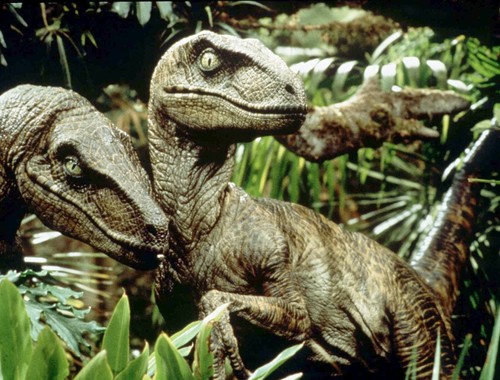
This is the kind of indignity that dinosaurs have had to put up with for most of the last couple centuries, or would, if their modern bird descendants had it in them to care. For many, the term "dinosaur" still brings to mind something scaly, pebbly, leathery and reptilian, and while many species may indeed have ran around like huge, plucked alligator-turkeys, many others definitely did not.
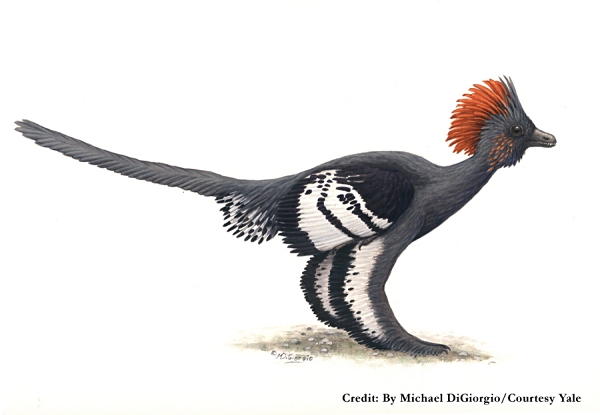
That many dinosaurs, even quite popular dinosaurs, were fully decked out in plumage seems like a rather massive oversight on our part, but it took quite some time for well-preserved dinosaur feathers to turn up conclusively in the fossil record, and it's far from the only misconception to have plagued ancient life. We've gotten their diets wrong, we've mistaken juveniles for different species, we've rebuilt them with entirely the wrong number of bones or the wrong gait, and those are just some of the mistakes we can make - and eventually correct - from their petrified bones. From mineral imprints of long-gone corpses, the geological equivalent of tattered, faded ghosts. Bones can tell us a lot about the flesh and blood creatures they once supported, but still not nearly as much as many like to think.
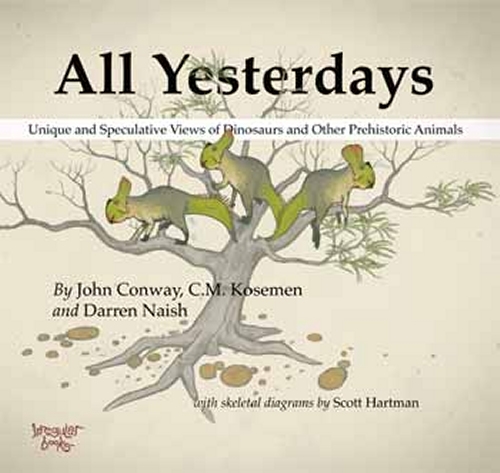
It's from this basic principle that All Yesterdays was born, a collaboration between artists John Conway, C.M. Kosemen and palaeozoologist Darren Naish, currently available for digital purchase HERE or paper format HERE. Yes, there are a lot of books out there about prehistoric life, but All Yesterdays is wholly unique, describing not how much we know about the past, but how much we might not.
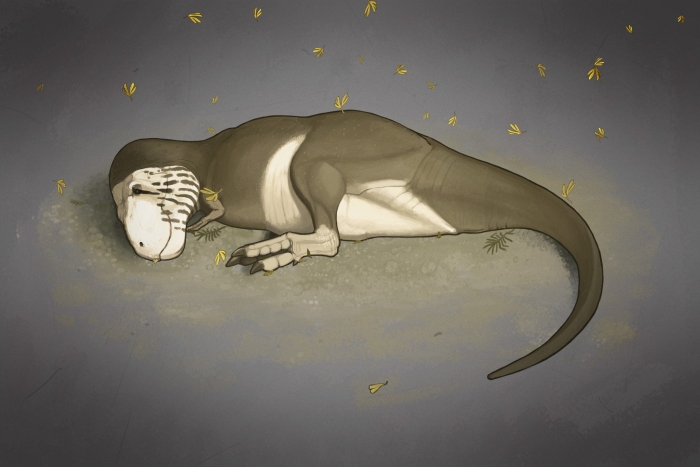
The first titular act of All Yesterdays is devoted to illustrating dinosaurs and other ancient species in brand new ways of variable plausibility, ways neither strongly suggested nor necessarily disproven by the fossil evidence currently available. Some are simple glimpses into the obvious, but rarely depicted; a Tyrannosaur just peacefully sleeping, for instance, as it must have done regularly, but never seems to do in other artistic reconstructions. If we judged them purely by their most popular portrayals, we would only end up with some brutal, mindless monster, always on the prowl for meat.
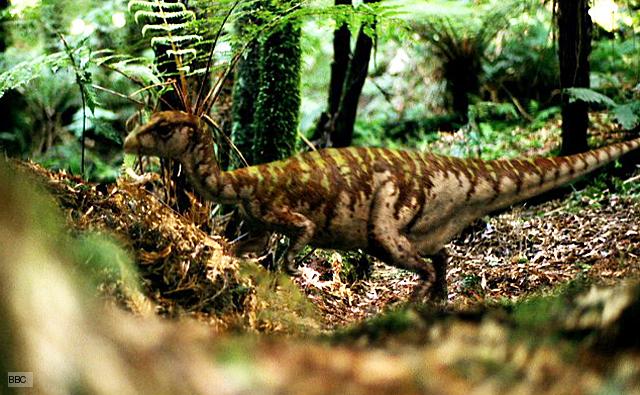
Other pieces are more anatomical; this mainstream reconstruction of Leaellynasaura was featured on the television special Walking with Dinosaurs, and is typical of how this small creature appears in the media. Leaellynasaura, however, inhabited parts of Australia which would have experienced long periods of darkness and below-freezing temperatures for much of the year.
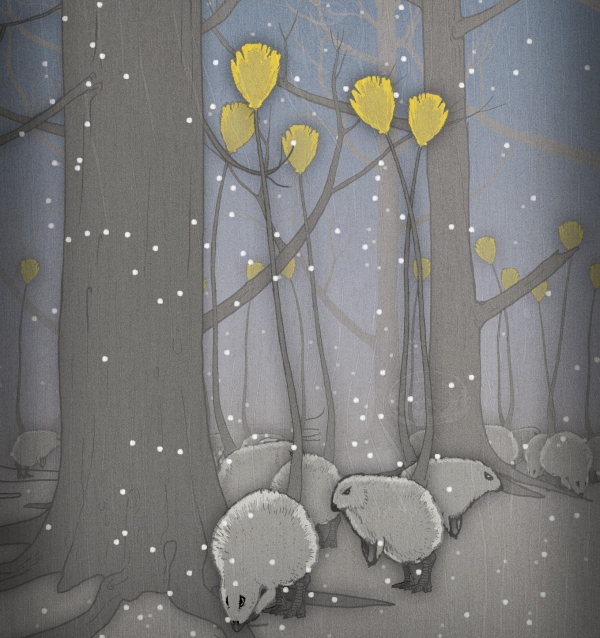
In All Yesterdays, we get a look at how such a small polar dinosaur may have really survived the bitter cold - with a thick, insulating coat of down and substantial body fat, like any modern terrestrial vertebrate in such a chilling climate. The animal is also known to have possessed a remarkably long tail of unknown function, speculated here to be a colorful communicative "flag." None of these are things that current fossils can tell us for sure, but an animal which may have spent a big part of its life in the snow seems much more likely to have resembled a pudgy lemming than an iguana.
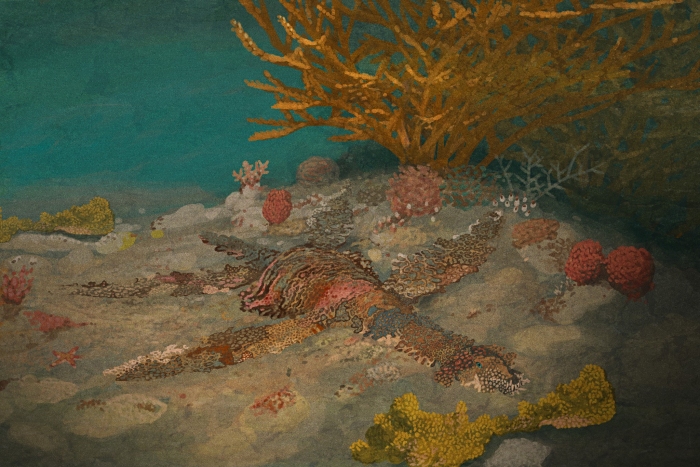
Could some plesiosaurs have hunted like the modern wobbegong? Could small ceratopsians have clambered through treetops? What if the tiny, comical forelimbs of some carnosaurs supported colorful flaps, utilized in an elaborate mating dance? These and many other imaginative, yet scientifically reasonable questions are raised about our planet's bygone fauna, and that's still only the beginning.
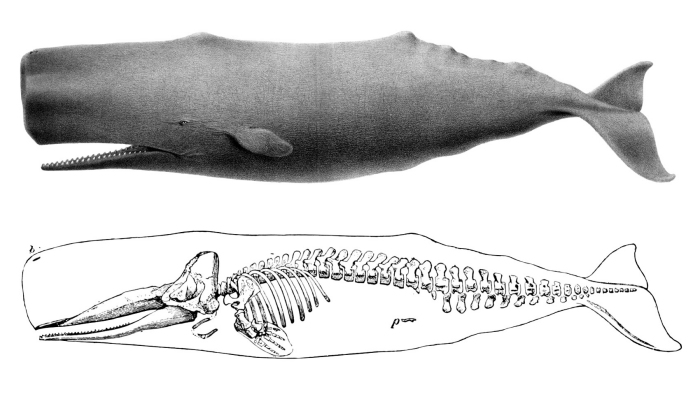
Let's take a moment to compare the skeleton of a sperm whale with how the animal looks in life. All that thick blubber and flesh is far more likely to rot away than it ever is to leave a fossil, and with only the bones to go by, would you ever deduce such a strange, bulbous shape? This is the basic premise for the book's closing act, All Todays, where familiar, living animals are re-imagined as loosely as countless ancient species already have been.
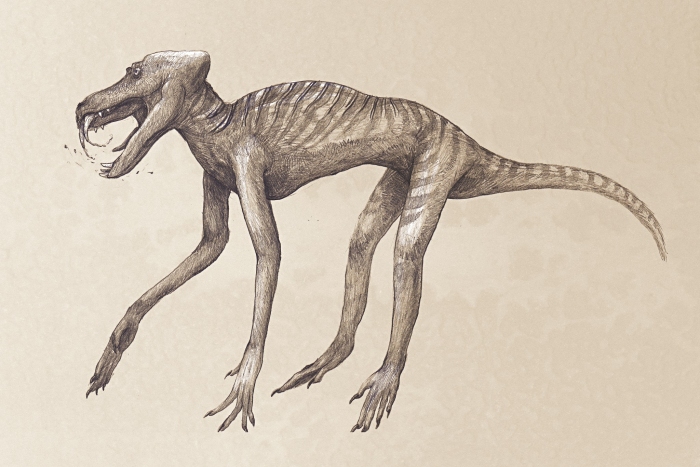
Many dinosaurs are presumed to have had a body shape closely following the contours of their skeleton; that they tended to have only a few inches of meat on their bones. An animal's outline can also depend heavily on fur, hair or other body coverings, which we've already established are poorly preserved...so, how easily did you recognize this reptilian ghoul as a baboon, a drawing based only on its skeletal outline? Grooves along a baboon's huge incisors have also been translated here as venom ducts, just like the teeth of Sinornithosaurus were in a hastily sensationalized, quickly debunked error not all that long ago.
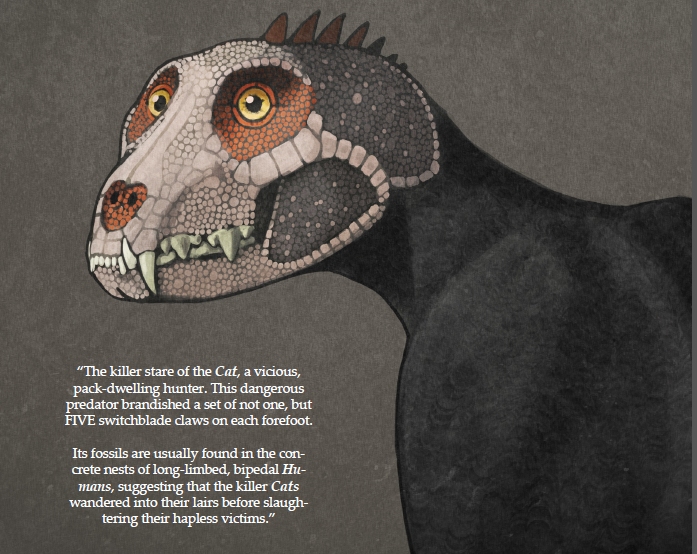
There's some pretty cheeky satire here, but also a serious effort at a wake-up call. This interpretation of a housecat is no worse than the popular image of Dromaeosaurids, or as most kids erronously know them, "raptors." Not only were these theropods long depicted as completely nude, but their oversized foot-talons are still dramatized in popular culture as lethal murder weapons, allowing the small creatures to allegedly gang up and disembowel far larger prey. Sorry, Jurassic Park fans, but it's far more likely that the "killing claws" were adapted primarily for climbing trees, and that animals like Velociraptor probably pursued much smaller reptiles, insects and early mammals.
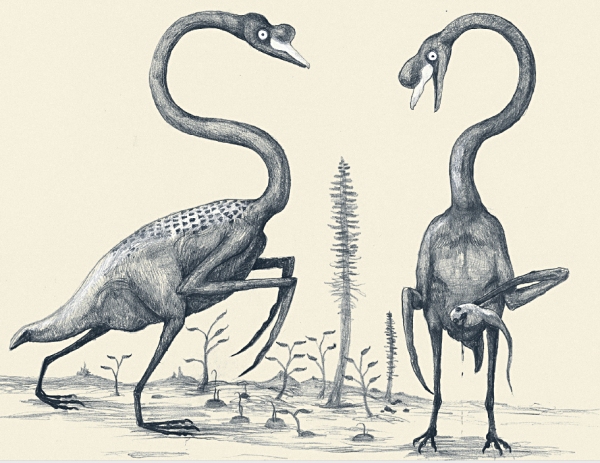
These hauntingly terrifying swans are a favorite of mine, shown here using their wicked skewers to hunt the mysterious fish called "tadpoles." Lanky, bipedal frogs, trunkless elephants and vampire hummingbirds are just a few of the other bizarre new twists on familiar animals, all conceived with the same fragmented logic we apply to the creatures of the past.
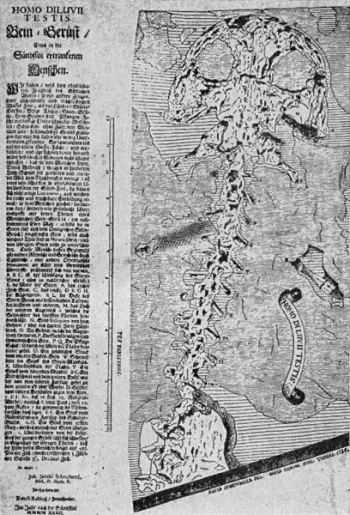
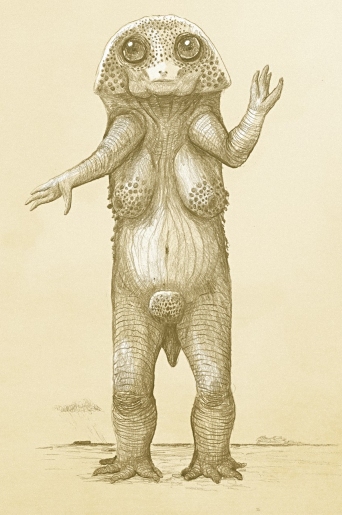
All Yesterdays concludes with one of the most absurd - yet entirely real - paleological mistakes of all time. In 1726, the scholar Johann Jakon Scheuchzer examined the fossilized remains of a giant salamander and dubbed the creature Homo diluvii, or "Man of the Deluge." With no concept of evolution, fossilization or even extinction at all, Johann deduced that he was looking at the remains of an ancient human sub-race, wiped out during the great flood described in the Bible. Kosemen's idea of what H. diluvii would have had to look like is probably the book's single most sobering reminder of how far paleontology has truly come, but may still have yet to go.
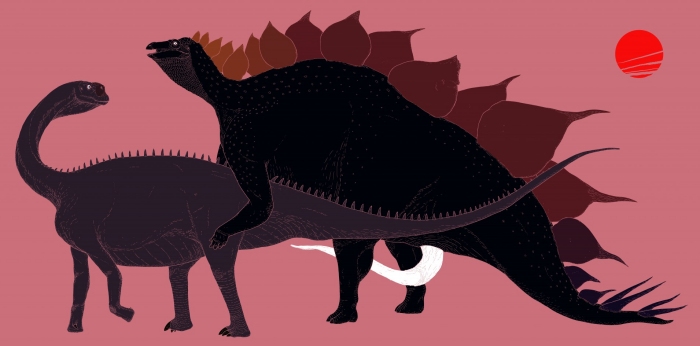
Also, this happens. Find out why!